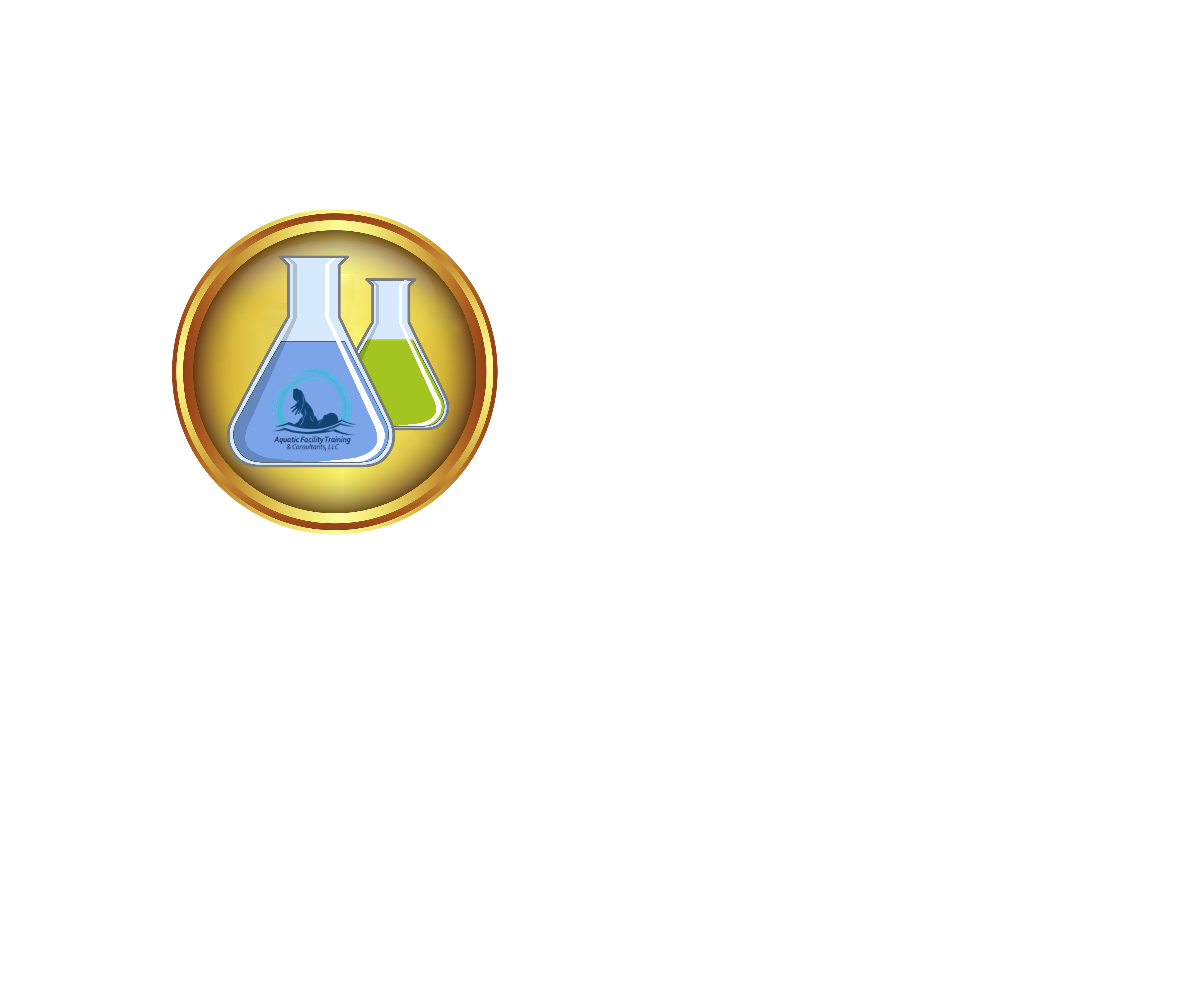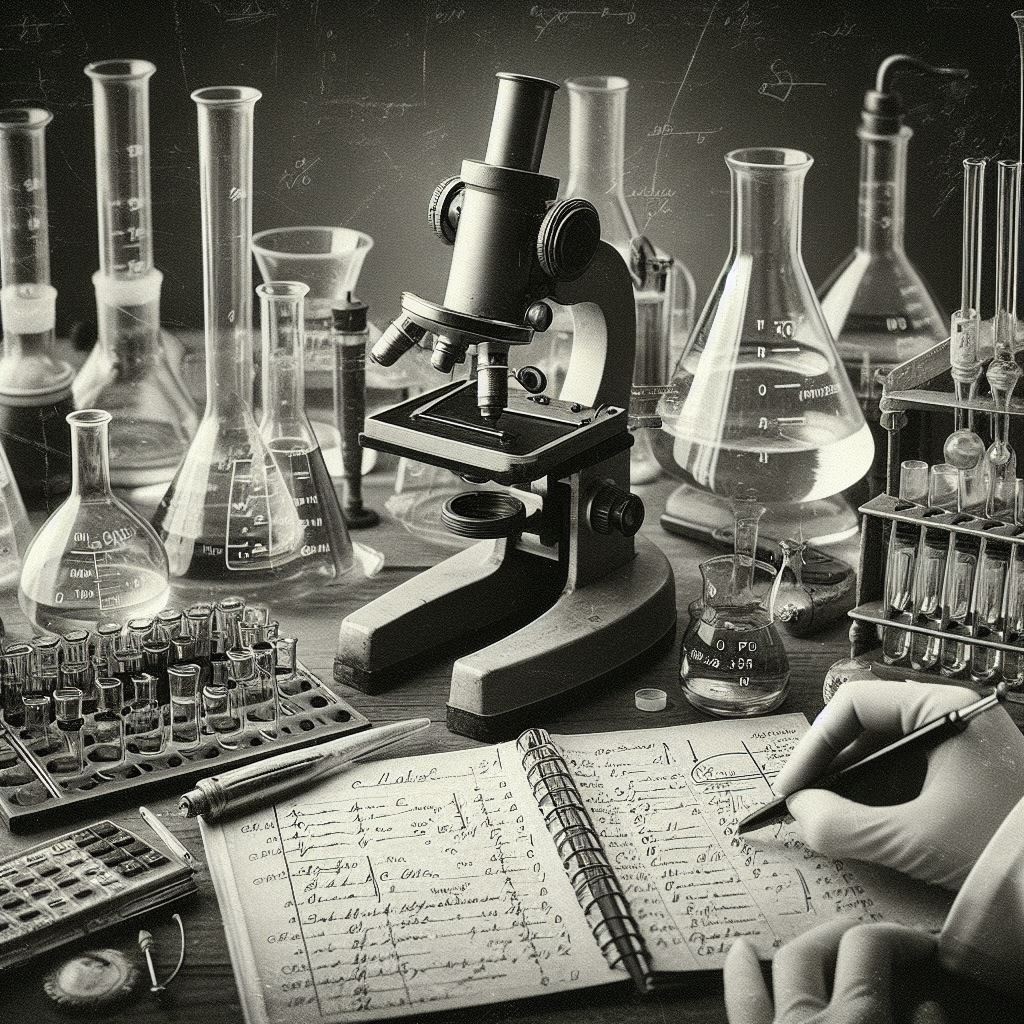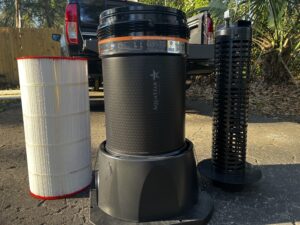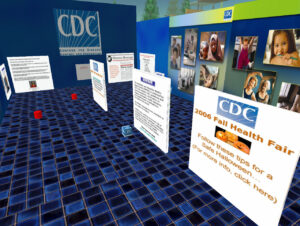Søren Sørensen, a Danish biochemist, researched the concept of pH primarily during the late 19th and early 20th centuries. The pH of pool water was not even a thought at the time. His work focused mainly on studying enzyme kinetics and biochemical reactions, particularly fermentation processes. Sørensen’s research involved investigating the effects of hydrogen ion concentration on enzymatic activity. He recognized the need for a standardized method to measure acidity in solutions, as the existing techniques were inconsistent and lacked precision.
To develop the concept of pH, Sørensen experimented with various solutions containing different concentrations of hydrogen ions. He measured the electrical conductivity and observed the color changes associated with acid-base indicators. Through meticulous experimentation and careful observation, Sørensen devised a logarithmic scale to represent the concentration of hydrogen ions in a solution. He introduced the term “pH” (from the Danish “potens hydrogen”) to describe this scale, where “p” represents the negative logarithm and “H” represents hydrogen ion concentration.
A standardized method to quantify acidity and alkalinity in solutions
Sørensen’s groundbreaking work laid the foundation for modern pH measurement. It provided scientists with a standardized method to quantify acidity and alkalinity in solutions. His research not only revolutionized the field of biochemistry but also had significant implications for various scientific disciplines, including chemistry, biology, and environmental science.
As defined by Søren Sørensen, the pH scale measures the acidity or basicity of an aqueous solution. He introduced the concept of pH in 1909 to express the hydrogen ions (H⁺) concentration in a solution. The pH scale ranges from 0 to 14, where a pH of 7 is considered neutral, values below 7 are acidic, and values above 7 are basic or alkaline. The formula for pH is defined as the negative logarithm of the hydrogen ion concentration: pH = -log[H⁺].
Several factors in the environment can affect the pH of pool water, both directly and indirectly:
Rainfall: Rainwater is acidic and will lower the pH of pool water.
Organic debris: Leaves, dirt, and other organic matter that fall into the pool can release organic acids and affect pH.
Swimmers: Human sweat, urine, and body oils can contribute to changes in pH as they interact with pool water.
Sunlight: Ultraviolet (UV) radiation from sunlight can cause the breakdown of chlorine, which can affect the pH balance of the pool water.
Airborne contaminants: Dust, pollen, and other airborne particles can introduce substances that affect pH when they settle into the pool. Think about the Saharan dust storms that hit the Gulf States. Or the smoke and ash from wildfires.
Fill water: Adding water to a swimming pool will affect the pH by drawing the pH of the water toward whatever the pH of the fill water is.
Chemical treatments: Adding chlorine, pH adjusters, algaecides, and other pool chemicals will affect the pH balance of the water.
Maintaining proper pH levels in pool water is essential for water clarity, swimmer comfort, and the effectiveness of disinfection. Regular testing and adjustment of pH levels are necessary to ensure the water remains safe and enjoyable for swimmers.
Phenol red is a chemical dye that changes color depending on the acidity or alkalinity of a solution. It’s like a mood ring for liquids!
Here’s how it works:
Phenol red has different colors depending on the pH of the solution. In acidic solutions, it turns yellow. In neutral solutions, it’s more of an orangey-red. And in basic solutions, it turns a vibrant pink. Phenol red is what we call a pH indicator. That means it’s like a little alarm system that tells us what the pH of a solution is by changing color.
When we add phenol red to a solution, we can see what color it turns. We can determine if the solution is acidic, neutral, or basic based on that color.
pH of pool water
It is important to note that the reagent phenol red can only measure a 6.8 to 8.2 pH range. When the reading shows as 6.8 (yellow) the only thing we can say as far as the measure is that the pH is 6.8 or lower. The same holds true on the top end. When our reading is 8.2 the only thing we can say with certainty is the the pH is 8.2 or higher.
As far as interferences go you will NEVER see a dark purple pH reading. This only occurs with a high chlorine level, 15 ppm or higher to be exact. The reaction occurs because the chorine complexes with the phenol red resulting in chlorophenol red. Chlorophenol red is still used in science to measure pH but can only test in a 4.8 to 6.6 range, anything 6.6 or higher (including everything in your 7.2 to 7.8 acceptable range) to be a deep dark purple.
Sodium carbonate (Na2CO3), also known as soda ash, is a chemical compound that can raise the pH of water due to its essential properties. When dissolved in water, sodium carbonate dissociates into sodium ions (Na+) and carbonate ions (CO3^2-).
The carbonate ions react with water molecules to form bicarbonate ions (HCO3-) and hydroxide ions (OH-):
CO3^2- + H2O ↔ HCO3- + OH-
The hydroxide ions (OH-) released in this reaction contribute to the alkalinity of the solution, raising the pH. Hydroxide ions are basic ions that can neutralize hydrogen ions (H+) in the water, increasing the pH.
Additionally, sodium ions (Na+) are released into the solution but do not directly affect the pH. However, they can contribute to the overall ionic strength of the solution.
Sodium bicarbonate (NaHCO3), also known as baking soda, can raise the pH of water through a series of chemical reactions that occur when it is dissolved in water.
Initiallu, bicarb dissociates into sodium ions (Na+) and bicarbonate ions (HCO3-):
NaHCO3 → Na+ + HCO3-
The bicarbonate ions then react with water to form carbonic acid (H2CO3):
HCO3- + H2O → H2CO3 + OH-
Carbonic acid is a weak acid that can further dissociate into bicarbonate ions and hydrogen ions (H+):
H2CO3 → HCO3- + H+
The hydrogen ions released in this reaction can react with hydroxide ions (OH-) present in the water, decreasing their concentration:
H+ + OH- → H2O
As a result, the concentration of hydroxide ions decreases while the concentration of bicarbonate ions increases. This shift in equilibrium toward the bicarbonate ions contributes to an increase in pH, making the solution more alkaline.
Muriatic acid, also known as hydrochloric acid (HCl), lowers the pH of water through a straightforward acid-base reaction. When muriatic acid is added to water, it dissociates into hydrogen ions (H+) and chloride ions (Cl-):
HCl → H+ + Cl-
The hydrogen ions released in this reaction increase the concentration of free hydrogen ions in the water. Since pH measures the concentration of hydrogen ions in a solution, an increase in hydrogen ion concentration leads to a decrease in pH. In other words, the solution becomes more acidic.
The increased concentration of hydrogen ions can also lead to the formation of hydronium ions (H3O+), which are essentially hydrated hydrogen ions:
H+ + H2O → H3O+
These hydronium ions contribute further to the overall acidity of the solution.
The pH of pool water directly affects the LSI in the following ways:
pH influences the saturation pH (pHs) in the LSI (Langeleir Saturation Index) calculation by altering the equilibrium between different forms of dissolved inorganic carbon species, affecting the saturation point of calcium carbonate.
pH also affects the balance between alkalinity and acidity in the water. Alkalinity helps buffer pH changes and can influence the LSI by affecting the equilibrium of the carbonate system. It can also indirectly affect the solubility of calcium carbonate by influencing other parameters, such as calcium hardness and bicarbonate concentration, which are factors considered in the LSI calculation.
Adjusting the pH if you can will always have the greatest impact on the Saturation index.
However, it is not all about the LSI. The saturation index relates only to the protection of the vessel and is only a small part of a much bigger picture. For example, although the LSI can be balanced with the pH at nearly any point in the range phenol red can measure (6.8 to 8.2) a swimming pool will be more prone to algae growth at >7.5 pH. Not because of the effect of pH on the effectiveness of chlorine, but because the algae species that typically grow in swimming pools prefer a < 7.5 pH.
At a higher pH you will also experience a greater loss of chlorine due to Solar UV degradation. This is because of the effect of pH on the effectiveness of chlorine but at higher levels slightly outside the acceptable range of 7.2 to 7.8 which is industry-accepted guidelines. Free chlorine is the measure of hypochlorous acid + hypochlorite ions. The lower the pH the greater the percentage of hypochlorous acid. The higher the pH the greater the percentage of hypochlorite ions. Hypochlorite ions just do not have the same bond with cyanuric acid that hypochlorous acid does, so with the higher pH you’ll see hypochlorite ions ‘peel away’ slowly from the cyanuric acid leaving themselves unprotected and victim to the UV rays of the sun.
The State of Florida just changed its acceptable range for pH in swimming pools to a 7.0 to 7.8 range. With all this in mind, I’m going to keep the pH in my pools in the 7.2 to 7.4 part of the range.






